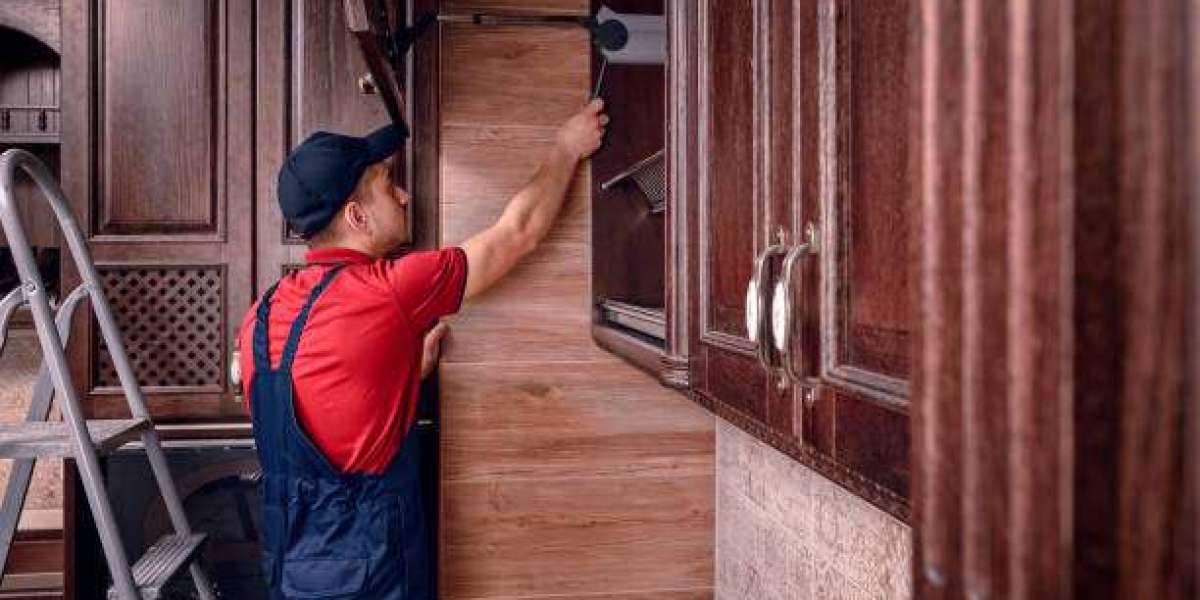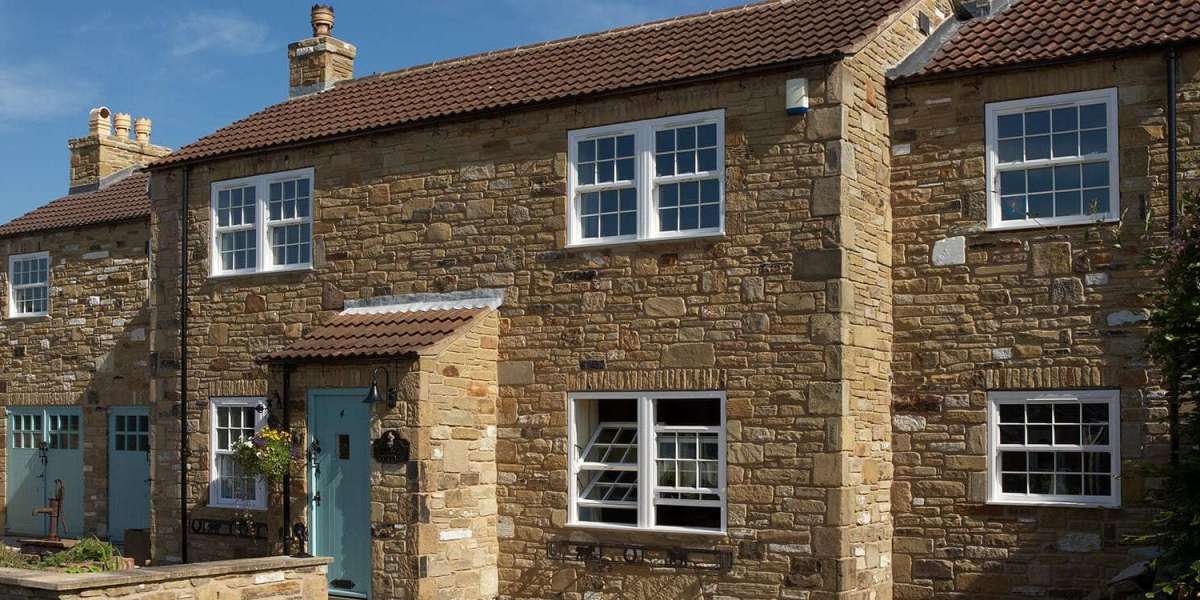Estimating the interior painting cost for your home can help you set a realistic budget and avoid surprises during the project. Whether you're refreshing a single room or updating the entire house, understanding the key factors that affect pricing can ensure a smooth process. This guide outlines everything you need to know to make informed decisions before you dip that first brush in paint.
Factors That Influence Interior Painting Cost
Several variables impact the overall interior painting cost. The most significant factor is the size of the area being painted, usually measured in square feet. Larger spaces naturally require more paint and labor, increasing the final bill. The type of paint you choose also affects the price—high-end, eco-friendly, or washable paints are more expensive than standard options.
Other factors include the complexity of the job, wall height, number of coats required, and any necessary wall repairs. For instance, textured or damaged walls will need extra preparation, which increases labor time and material use. Also, painting ceilings, trims, and baseboards is often priced separately and can raise your overall cost.
Average Price Ranges and Room-Based Estimates
To get a rough idea of the interior painting cost, homeowners can expect to pay between $2 to $6 per square foot. This estimate includes both labor and materials. A standard 10x12 room might cost around $300 to $800 depending on the quality of paint and the level of prep work involved.
If you're considering a full-house project, the costs can range from $2,000 to $6,000 for an average 2,000-square-foot home. Keep in mind that labor typically accounts for 70–85% of the total price. By comparing multiple estimates and clearly communicating your expectations, you can better control expenses.
DIY vs Professional Painting – Which Saves More?
Many homeowners wonder if taking the DIY route can help reduce the interior painting cost. While it's true that doing it yourself saves on labor, you must factor in your time, tools, and the potential for costly mistakes. Professionals bring experience, faster turnaround times, and better-quality finishes. In many cases, hiring experts may be more cost-effective in the long run, especially for large or detailed projects.
Conclusion
Estimating your interior painting cost accurately is the first step to a successful home makeover. By understanding what influences pricing—from room size and paint type to labor rates and wall condition—you can create a budget that fits your project. Whether you go DIY or hire professionals, planning ahead ensures that you achieve the results you want without overspending.














